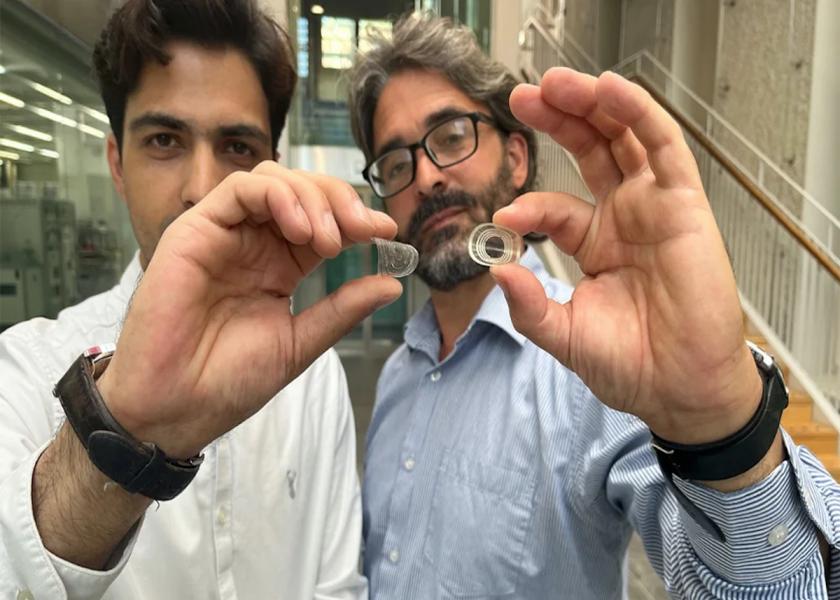Chip-less, Battery-free Sensing Technology Could be Next Phase of Animal Monitoring

A team of Irish researchers has developed a breakthrough innovation to monitor activity and health characteristics of dairy cows – and it doesn’t involve any wires, chips, batteries, or electronics of any kind.
The system is the brainchild of researchers at the VistaMilk SFI Research Centre in County Cork, Ireland. VistaMilk is a research conglomerate of six Irish agricultural research institutions, with the overarching mission of “digitizing dairy.”
On The VistaMilk Podcast, lead researcher Nadeem Rather described the system, which he and his team developed based on antenna technology. “Antennas are the key instruments that allow us to transmit and receive magical radio waves,” shared Rather.
The researcher explained that the system has two simple parts: a transmitter that sends out radio waves, and a receiver tag that accepts the signals and reflects radio waves back to the reader. With the help of a scanner using a data processing unit and artificial intelligence, the results are then interpreted and uploaded to the cloud, where they can be accessed via the Internet with farmers’ cell phones.
The receiver tag material is inert and flexible. Its developers say it could be potentially formed into ear tags, udder tags, or skin patches, as curvature does not affect its ability to function. The system can be set for various parameters that dairy managers wish to monitor, such as animal body temperature, locomotion, hydration, and general well-being.
Rather said the scanners, which still are under development, could potentially be hand-held units – possibly even cell phones. Another method to routinely gather data would be to place the scanners in an area on the farm through which cows routinely pass, such as the milking parlor or a sort gate.
Because the system contains no batteries or electronics, the unit do not have to be recharged, and will not contribute to electronic waste. Rather noted the receiver tags also will be low-cost relative to electronically based systems. He said the system also will promote animal welfare and dairy sustainability, two of VistaMilk’s foundational principles.
While the VistaMilk team developed the system for dairy production, they pointed out the technology also could have myriad applications in human health monitoring.
The dairy monitoring system is still in the prototype stage, but Rather is optimistic that it will move rapidly into scaled-up production for commercial use. He predicted the technology will be ready for on-farm use within five years or less.
For more on technology, read:
- Facility Focus: Could Automated Sort Gates be Your Next Employee?
- Facial Recognition Technology Meets the Cattle Industry
- 3 Technologies for Finding Your Most Profitable Cows
- Large Herds Share the Big Benefits of Switching to Robotic Milking







